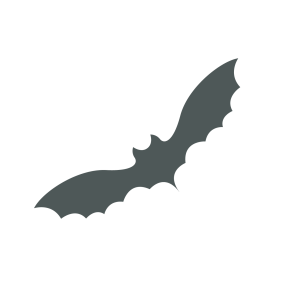
Inaki Relanzon / naturepl

Inaki Relanzon / naturepl
Up to 30 years
Length: 5.7-7cm; Wingspan: 35-40cm; Weight: 17-34g
Native and listed as Least Concern on the global IUCN Red List of Threatened Species. Protected in the UK under the Wildlife and Countryside Act, 1981. Priority Species under the UK Post-2010 Biodiversity Framework. European Protected Species under Annex IV of the European Habitats Directive.
Horseshoe bats can be distinguished from other British bats by the presence of a complex horseshoe-shaped noseleaf which is related to their particular type of echolocation system. Formerly a cave-dweller, the greater horseshoe bat now tends to roost in old houses, churches and barns. The greater horseshoe bat is one of our largest bat species, the size of a small pear. It is one of two horseshoe species in the UK. The decline of the greater horseshoe bat may be due to factors such as disturbance of roosts and intensive agricultural practices including loss of permanent pasture. These bats are particularly sensitive to disturbance at their nursery and winter roosts. Those sites need to be specifically protected and entrance holes left unobstructed.
Can be surveyed all-year-round. Most active from April to October. Droppings found within roosts can be analysed outside of active periods.
